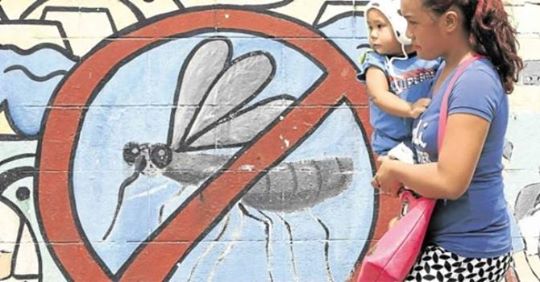Central Visayas has 8.7K dengue cases since January
CEBU CITY, Philippines — While all eyes are fixed on the current health emergency brought by the coronavirus disease (COVID-19), an old health challenge, dengue, has gone off-course as the region saw a continued increase of the mosquito-borne illness contrary to epidemiological projections that cases will be low this year.
The Department of Health in Central Visayas (DOH-7) has already logged 8,724 cases of dengue in the region, according to their surveillance as of morbidity week number 23, or from January until the first week of June 2020.
This is about 2.34 percent higher compared to the same period in 2019. At least 31 dengue deaths have also been recorded so far bringing case fatality rate to 0.3 percent or three-folds higher than the national dengue program goal of keeping the CFR at 0.1 percent.
Dr. Ronald Jarvik Buscato, dengue program coordinator of DOH-7, admitted that the current COVID-19 pandemic affected the dengue situation in the region, among other factors.
Dengue trend for 2020 is ‘off-course’
The present dengue figures in the region, however, is not how it had been originally projected based on the epidemiology trend of the disease over the last 10 years.
Based on the said epidemiology trend, cases of dengue see a spike every three years. The recent example is the spike of cases in 2018, which was preceded by the high number of cases logged in 2015.
In August 2019, the Health Department had declared a national dengue epidemic after 146,000 cases were logged nationwide from January to June of 2019.
“If you look at the previous census, dapat 2020, mubo unta tag cases karon kay gikan ta sa outbreak nga 2019. The year after the outbreak, supposedly, mubo siya dapat karon,” Buscato said in a virtual presser hosted by the Philippine Information Agency in Central Visayas.
(If you look at the previous census, it should be that in 2020, the number of cases should be lower because we are coming from an outbreak in 2019. The year after the outbreak, supposedly, the number of cases should have been low.)
How the trend went off course, Buscato said it would be difficult to point out, with the limitations brought by the COVID-19 pandemic.
In the surveillance aspect alone, Buscato said the dengue vector surveillance has been put on hold, hence they were not able to look into new developments in relation to dengue or the behavior of its vectors, the aedes aegypti and aedes albopictus, that may have caused the differences in the cycle.
In terms of the behaviors or routine of people, Buscato said more people gathered at home because of the stay-home policy due to COVID-19 might be a factor that attracted the aedes aegypti, the previously predominant mosquito causing dengue, since it is the indoor type of the vector.
Lower number of deaths
Although the case fatality rate remains higher than the target of the health department, Buscato said the vigilance of the people in seeking immediate consultation has contributed to the significant decrease of the number of deaths, which is at 31 this year, compared to the 55 logged on the same period last year.
Buscato said the public immediately reported to health workers when they experience fever, which is both a COVID-19 and dengue symptom, which resulted in preventing a patient’s condition to reach critical stages.
Buscato said they continue to remind the public and the local government units in the region to prepare as the country enters into the rainy season when the threat of dengue is higher. /bmjo
Disclaimer: The comments uploaded on this site do not necessarily represent or reflect the views of management and owner of Cebudailynews. We reserve the right to exclude comments that we deem to be inconsistent with our editorial standards.

